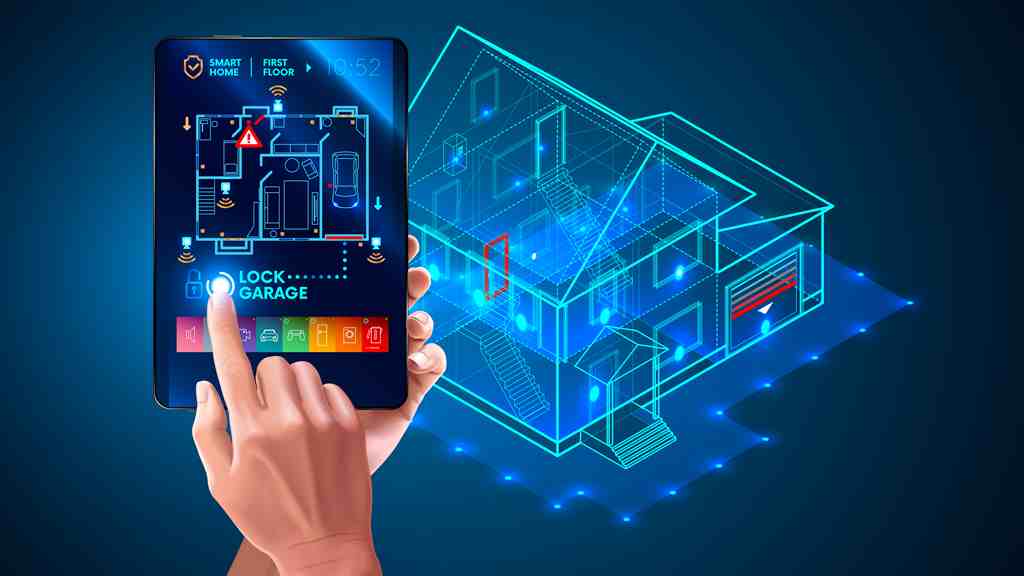Each phase depends on the outcome of the previous phase, and all phases run sequentially. This model provides discipline and gives a tangible output at the end of each phase. However, this model doesn’t work well when flexibility is a requirement. There is little room for change once a phase is deemed complete, as changes can affect the cost, delivery time, and quality of the software. The coding phase includes system design in an integrated development environment.
The outcome of the project might or might not be according to the requirements of the client. RAD allows a presentation to the customer that can increase their opinion on the product in a favorable way but does require being able to modularize the project and requires high skill levels. Those projects where prototypes are more useful than forethought usually use Rapid Application Development or RAD. In the RAD model, the functions or the components built-in parallel as if they were small projects. In this model, there’re Verification phases on one side of the ‘V’ while the validation phases are on the other side.
Traditional vs modern SDLC methodologies
An iterative life cycle model doesn’t begin with a complete set of requirements by the client, so it is easier to use. SDLC framework is a process used for developing software applications or products. Once the product is tested and ready to be deployed it is released formally in the appropriate market. Sometimes product deployment happens in stages as per the business strategy of that organization. The product may first be released in a limited segment and tested in the real business environment (UAT- User acceptance testing).
SDLC achieves these apparently divergent goals by following a plan that removes the typical pitfalls of software development projects. Once you’ve completed all testing phases, it’s time to deploy your new application for customers to use. After deployment, the launch may involve marketing your new product or service so people know about its existence. If the software is in-house, it may mean implementing the change management process to ensure user training and acceptance. This article is written as a starter document for people who want to integrate security into their existing software development process. Describe the software development life cycle (SDLC) and its various phases, highlighting the importance of each phase in producing a successful software product.
How can AWS help you with your SDLC requirements?
Fortify offers the most comprehensive static code analysis and dynamic application security testing technologies backed by industry-leading security research. This is the longest process in the SDLC pipeline and it assists subsequent phases of software testing and deployment. Listen to users and iterate because through user feedback surveys and guidance you can start again at phase one scoping new requirements. After training, systems engineers and developers transition the system to its production environment. During this step, current priorities that would be affected and how they should be handled are considered.
- An SDLC outlines a detailed, step-by-step plan for software development.
- The information from this analysis forms the building blocks of a basic project.
- It’s developed with the basic functions that are required and then built on as feedback is received.
- This phase gives an idea about what the final product is going to look like once the software development phase completed.
- This process continues until complete software is ready according to the client’s requirements.
Documentation is made, which is the SRS (Software Requirement Specification) document, which contains a detailed explanation of product requirements, right from design to development. A product management boot camp could help you learn the planning and management skills you need to work within software development. Earning a bachelor’s in computer science may also provide you with the more technical expertise to understand the product itself. Find the right course for you with edX and jumpstart your professional development today.
Browse online software development life cycle courses
At monday.com, we recommend you plan your sprints to give your teams the leeway they need to adapt to any bottlenecks or surprising developments, and still deliver on time. You should work with your product owners and stakeholders to create a backlog of potential features and required user stories for your product. As priorities change and new ideas arise, make sure to communicate updates in real time with everyone. Use it as a conversation starter in team meetings to discuss company values and the mindset going forward about projects. For example, your teams and managers need to accept that they can’t know everything in advance. Focusing on just the big picture and the first 2 weeks’ plans can be a big transition.

This is accomplished through “SRS”- Software Requirement Specification document which contains all the product requirements to be constructed and developed during the project life cycle. Once the requirement analysis is done, the next stage is to certainly represent and document the software requirements and get them accepted from the project stakeholders. Once what is systems development life cycle the software is complete, and it is deployed in the testing environment. The testing team starts testing the functionality of the entire system. This is done to verify that the entire application works according to the customer requirement. It is conducted by the senior team members with inputs from all the stakeholders and domain experts in the industry.
Stage 1: Planning and Requirement Analysis
It’s important to note that the software development life cycle is not the same as project management. SDLC is a framework for developing software, while project management is a process for managing all aspects of a project. It is a process followed for software building within a software organization. SDLC consists of a precise plan that describes how to develop, maintain, replace, and enhance specific software. The life cycle defines a method for improving the quality of software and the all-around development process. One of the fundamental procedures of developing software in a step by step manner is by following the Software Development Life Cycle (SDLC).

Teams use the Agile approach on projects where goals and expectations change quickly, allowing development teams to respond to them quickly and efficiently. This allows companies to build products that can be improved over time, and reinforces the importance of software development life cycle knowledge in any developer’s skill set. An SDLC (software development life cycle) is a big-picture breakdown of all the steps involved in software creation (planning, coding, testing, deploying, etc.). Companies define custom SDLCs to create a predictable, iterative framework that guides the team through all major stages of development.
Software Development Life Cycle (SDLC)
Also, the DevOps approach will be very effective for agile specific projects. The agile model has better visibility and transparency, because of scrum master and daily scrum calls who records the team issues and status. As such, no predefined procedure followed in this model, so the requirements of the clients implemented on the go. This phase can rapidly give the client something to see and use and to deliver feedback about the delivery and the requirements. The developments are time-boxed, delivered, and after that, assembled into an operating prototype.
The last iteration deploys a product version that went through rigorous testing and meets all the requirements specified in the DDS. The V-shaped model (also known as the Verification and Validation Model) requires the team to run coding and testing tasks in parallel. Other less common SDLC phases that are still worth knowing are dedicated steps for deconstructing apps, retiring software, and writing documentation. Most companies deploy new software to a small percentage of users (10 to 15%) and slowly phase it into the rest of the customer base. Gradual introduction means you limit the impact on the UX if there’s an overlooked issue with the product.
What are the benefits of implementing an SDLC?
It’s when you gather the team to brainstorm, set goals, and identify risks. At this stage, the team will work together to devise a set of business goals, requirements, specifications, and any high-level risks that might hinder the project’s success. There are various software development life cycle models defined and designed which are followed during the software development process. These models are also referred as Software Development Process Models”. Each process model follows a Series of steps unique to its type to ensure success in the process of software development.
Phase 6: Deployment
After the code is generated, it is tested against the requirements to make sure that the products are solving the needs addressed and gathered during the requirements stage. Once the requirement is understood, the SRS (Software Requirement Specification) document is created. The developers should thoroughly follow this document and also should be reviewed by the customer for future reference.
Products
When the software deployed on the client-side, and they start using the software, some activities carried out to make sure that the system or software is working correctly. Sometimes that feedback comes from a small group while sometimes it’s just released for general use. They will convey these bugs and errors to the developers so that they can fix them. Each module is unit tested to check whether it is working as per the requirements of the customer.
